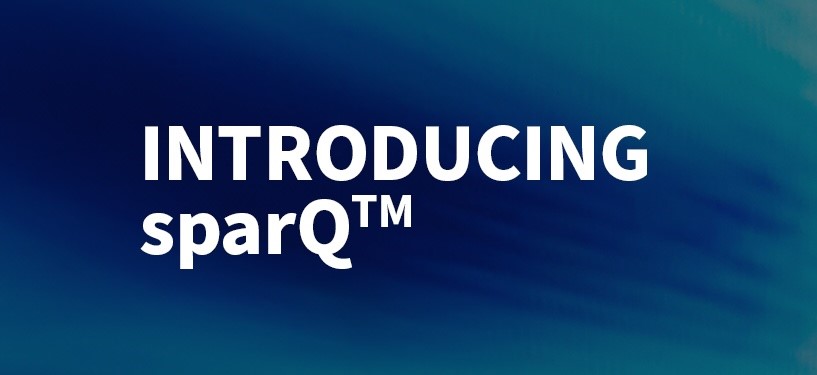This post is written for people who need help from an expert executive resume writer. Although this post can be helpful to individual contributors doing some career planning, I’m specifically thinking of people such as C-level, Executive VP (EVP), Senior Vice President (SVP), Vice President (VP), Senior Director, and Director.
What Executives Need from a Expert Resume Writer
If you’ve made it to this level in your career, congratulations! Getting there is difficult. And it’s also hard to thrive and grow once you’ve cracked the barrier. You, even more so than the typical individual contributor, need to actively manage your career trajectory. You need to be always ready to take advantage of an exceptional opportunity, and you need to build yourself a safety net in case you suddenly find yourself jobless, due to business downturn, reorganization, or leadership change.
Career management at this level is a different ball game. There are far fewer appropriate openings than there are for lower-level candidates, with lots of competition for each role that opens up. A strong executive team can propel a company to incredible success, just as a weak team will sink the company. So the stakes are very high and the screening process can be daunting.
Plan Ahead for Resume Writing
As a professional resume writer, I consult with many prospective executive clients who haven’t updated their personal marketing documents in years—understandable, since these people tend to be extremely busy—and now, all of a sudden, they need to put something together quickly to respond to a recruiter inquiry, or because they’re out on the street unexpectedly.
It doesn’t have to be this way. A little advance planning can go a long way. Consider the following list of personal marketing documents that a well-prepared executive may wish to keep current, for whatever situation comes up. An expert executive resume writer can help you prepare all of these.
1. Resume
Fairly obvious, of course! It’s always a good idea to have a current resume available to send to a recruiter or VC that contacts you about a specific opportunity, or to discreetly test the waters at a company you might be interested in. Preparing a strong and compelling executive resume can take a surprisingly long amount of time—easily 10 or 20 hours all-in, between compiling all the information, organizing and prioritizing it for the most effective presentation, deciding on layout and format and getting the best out of Microsoft Word, thinking about compatibility with applicant-tracking systems (ATS), keyword strategy, editing and proofreading thoroughly—so it’s not typically something that’s easy to crank out on short notice.
2. LinkedIn Profile
Having a good LinkedIn profile is crucial in today’s career world, yet a surprising number of executives don’t put much attention into their profiles, which is a shame. Consider that for almost any interaction you have, the other person is likely to check out your LinkedIn profile. Does yours project what you want it to, both in terms of your hard skills and experience, as well as a bit of insight into your personality and philosophy about business (and maybe life in general)? Does it match the basic facts and timeline in your resume, or does it create uncertainty and doubt by having discrepancies when compared with the resume you may have just submitted?
Even more important, while the resume is mostly an outbound document, in that you will typically be sending it out, the LinkedIn profile is both outbound and inbound. You can and will push your profile out to people, but your profile is of course also a way for recruiters and other executives to search and find you. Why eliminate yourself from being discovered for an interesting opportunity, when by having a current and powerful LinkedIn profile, optimized for LinkedIn’s search algorithms, you might quickly be identified as a top candidate? An expert executive resume writer, and in particular one who holds the NCOPE certification (Nationally Certified Online Profile Expert), will be up to speed on this topic.
3. Cover Letter
Cover letters aren’t obsolete, as some people may suggest, particularly at the executive level. It’s more important than ever to deliver an on-point message as to what makes you a unique and interesting candidate. Having a strong and appropriately formatted cover letter will help you stand out.
You’ll want to customize your cover letter for each specific submittal of your resume, but much of the body of the letter will be the same each time. Having something prepared means you can fairly easily submit your resume without several hours of work to create a cover letter from scratch.
4. Recruiter Intro Letter
This type of letter is similar to a cover letter, but not quite the same thing. Whereas a cover letter is typically targeted toward a specific position you’re interested in, or at least toward a specific company or person, the recruiter introduction is a good letter to have in your toolkit when you want to make yourself known to an executive recruiter that specializes in your area.
Headhunters operating at this level have many executives contacting them, naturally tend to prioritize the ones for whom there might be an active search assignment going on now, so it’s important to position yourself in their minds to stand out as a compelling candidate for when the right search comes up in the future. The recruiter intro letter will convey what kinds of roles you’re open to considering, and have a brief pitch on why you’re a strong candidate. An effective recruiter letter will make it easy for the recruiter to understand what might constitute a good match, and for them to be able to pull you up in their database at the right time.
5. Executive Biography
An executive bio is handy to have ready. This is a more succinct picture of your career arc and major accomplishments than a resume. You might want this if you’re asked to speak at a conference, as background material for the website and marketing of organizations you’re involved with, or to pass along to a recruiter, investor, or board advisor by way of quick introduction.
6., 7. Board Resume and Board Bio
If you’re actively involved in corporate or nonprofit boards, or trying to obtain such roles, then it’s important to have a resume and biography targeted specifically for that unique space. It’s crucial to convey your leadership capabilities effectively and concisely, at a higher level of abstraction than the typical resume and bio.
8. Infographic Networking Resume
An infographic networking resume is a visually appealing, graphically-rich, usually one-page, picture of your career accomplishments and history. These resumes can be very handy to have if you’re at a conference or networking event, and want to be able to give someone an easy-to-digest overview of who you are and what you do. You can also send it electronically, of course, or provide someone with a link to it.
So there you have it. It’s a lot of work to prepare even a subset of these important personal marketing documents. At the executive level particularly, the only constant is change. Don’t be caught unprepared: plan ahead and keep these important selling tools updated at all times.
Phil Hurd is an expert executive resume writer who holds Nationally Certified Resume Writer (NCRW), Certified Professional Resume Writer (CPRW) and Nationally Certified Online Profile Expert (NCOPE) certifications. He specializes in creating resumes, LinkedIn profiles, biographies, and cover letters for executives and individual contributors in all functions particularly in technology-oriented industries.
___
This post was originally published on the Catalyst Resumes blog.




